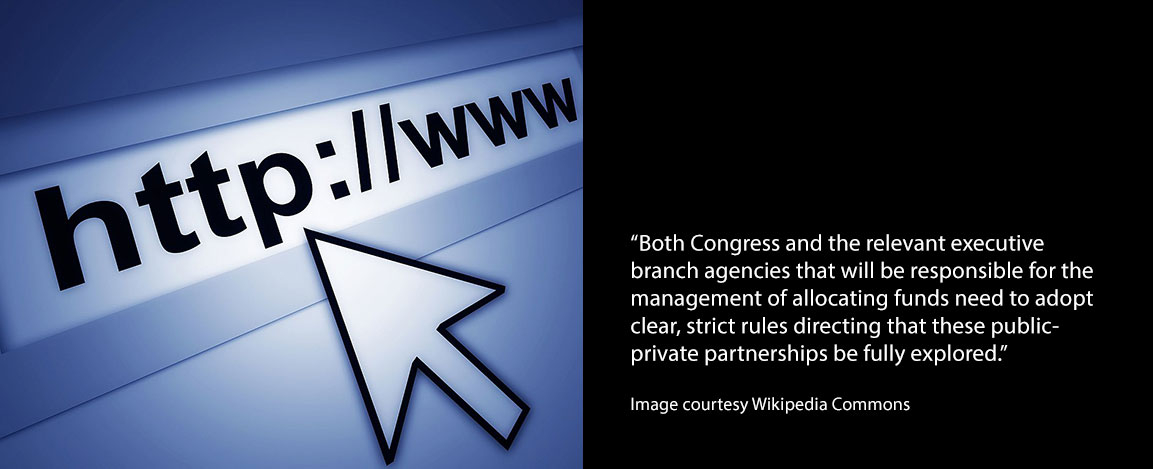If we accept the mantra of post-COVID America that fiber broadband is essential to 21st century living (education, remote work, telehealth, entertainment and the rest), then we have to find a solution to this problem that affects huge swaths of both urban and rural America, writes Steven Koltai, a research affiliate at CIS. This opinion piece was first published at The Hill on July 26, 2021.
"Billions for broadband" are about to pour out of Washington. That sounds good, but it is not aligned with the reality faced by many individual states, counties and towns. In rural – as well as some poor urban – areas, the "business model" for private ISPs “prevents” them from offering service. That is to say, they can’t make the minimum profit margins that they require. And they're right. They can't. For these areas (like mine in Maine, one of America's most rural, least wealthy and oldest-in-average-age states), the result is no choice of ISP. If we accept the mantra of post-COVID America that fiber broadband is essential to 21st century living (education, remote work, telehealth, entertainment and the rest), then we have to find a solution to this problem that affects huge swaths of both urban and rural America.
The Benton Institute for Broadband & Society has identified the solution: public-private partnerships where public entitles – mostly states, counties and towns – work with private ISPs to "top up" service in unserved or underserved areas. The "public" part of this new kind of collaboration would rely on towns, groups of towns and counties adopting the "municipal broadband" model and working with existing and prospective internet service providers. Municipal broadband has been demonstrated in dozens of counties, towns and zip code tracts in larger cities to be the best way to provide high-quality broadband to unserved and underserved areas. Both Congress and the relevant executive branch agencies that will be responsible for the management of allocating funds need to adopt clear, strict rules directing that these public-private partnerships be fully explored. Examples of ways to do this include giving preference to public-private partnership funding requests, requiring a certain percentage of all taxpayer monies to flow to public entities and requiring fully transparent, public processes in the decisions to allocate such taxpayer funds.
Steven Koltai is a member of the Lincolnville, Maine, and Midcoast, Maine, Broadband Committees, a research affiliate at MIT’s Center for International Studies and a non-resident senior fellow in the Governance Studies Program at the Brookings Institution.




